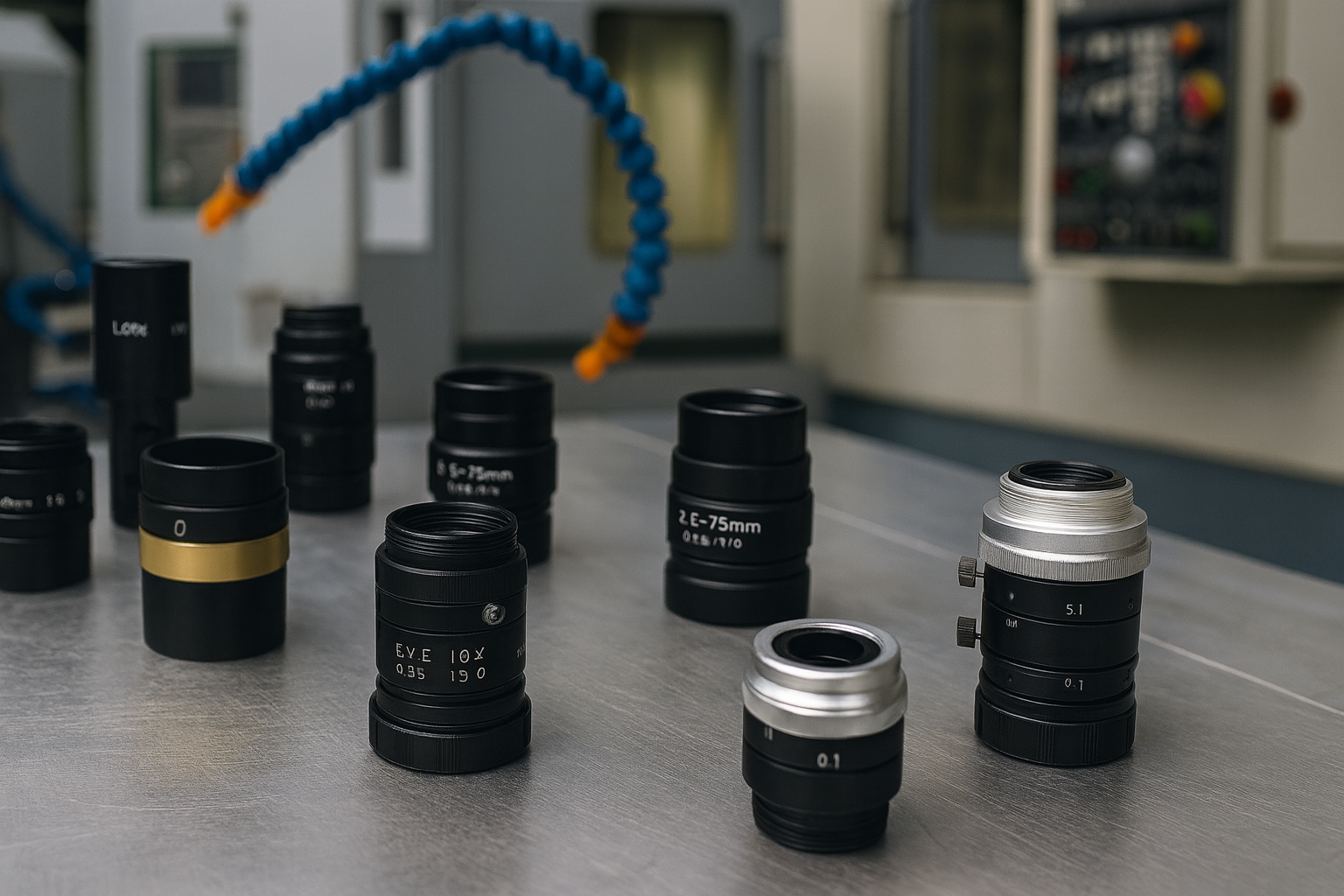Last week, we took some new photos of our optical housings.
They look simple on the surface, but each one represents hundreds of small adjustments — in machining, polishing, and assembly.
At first glance, a lens tube or focusing barrel may look like just another metal part.
But in optical manufacturing, precision isn’t just about numbers — it’s about consistency.
When a single tolerance drifts by a few microns, the alignment of the entire optical path can shift.
That’s why every process, from CNC machining to surface treatment, has to stay stable and repeatable.

Most of these housings are made from aluminum and stainless steel.
The inner bores are machined to a mirror finish to prevent stray light,
while the outer surfaces go through sandblasting and anodizing to protect the finish and improve handling.
It’s not glamorous work, but it’s what ensures that every lens or prism sits exactly where it should.

Working with optical components also means understanding how metal interacts with glass.
A good mechanical design not only holds the lens firmly — it also allows for assembly, thermal stability, and ease of alignment during use.
Those are details that often go unnoticed, but they make a big difference in performance and durability.

We don’t aim to make things sound extraordinary — we just focus on getting every small step right.
That’s how real precision is built: quietly, layer by layer, part by part.

Share:
Optics Manufacturing — Precision Engineering for Custom Optical Components
What Are the Differences Between Low-Pressure and High-Pressure Die Casting?